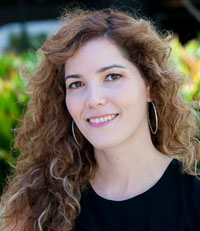Return Migration and Decontamination after the 2011 Fukushima Nuclear Power Plant Accidents
“Return Migration and Decontamination after the 2011 Fukushima Nuclear Power Plant Accidents,” December 2018. Adam Rose, Jonathan Eyer and Shingo Nagamatsu
Abstract:
Return migration is a key to community recovery from many disasters. Japanese governments have conducted radiation decontamination efforts in the Exclusion Zone designated after the 2011 Fukushima nuclear disaster in order to encourage return migration. Little is known, however, about the factors that influence post-disaster migrants to return, and, if people are relatively unresponsive to decontamination, then the costs of promoting recovery may exceed the benefits. We exploit a unique survey of Fukushima evacuees to estimate the factors that influence their decision to return after a disaster. Location-specific capital characteristics, such as housing tenure and the extent of property damage, are strong factors for intent to return. We also found that middle income and lower-high income group members are discouraged about returning home and likely to defer their decisions, and that high-income group members are inclined not to return. The radiation dose rate of the home location was a very significant factor for intent to return, but its marginal effect on was minor. Our simulation analysis found that the number of returnees encouraged by this decontamination was 14,367, less than 10% of the total evacuees, while decontamination cost per a returnee was 3.0 million USD. This result implies that the government could have improved the well-being of evacuees at a lower cost by policies other than decontamination.
See full Working Paper here.


